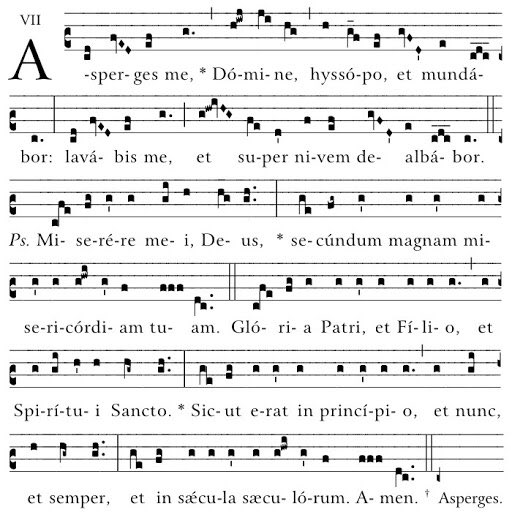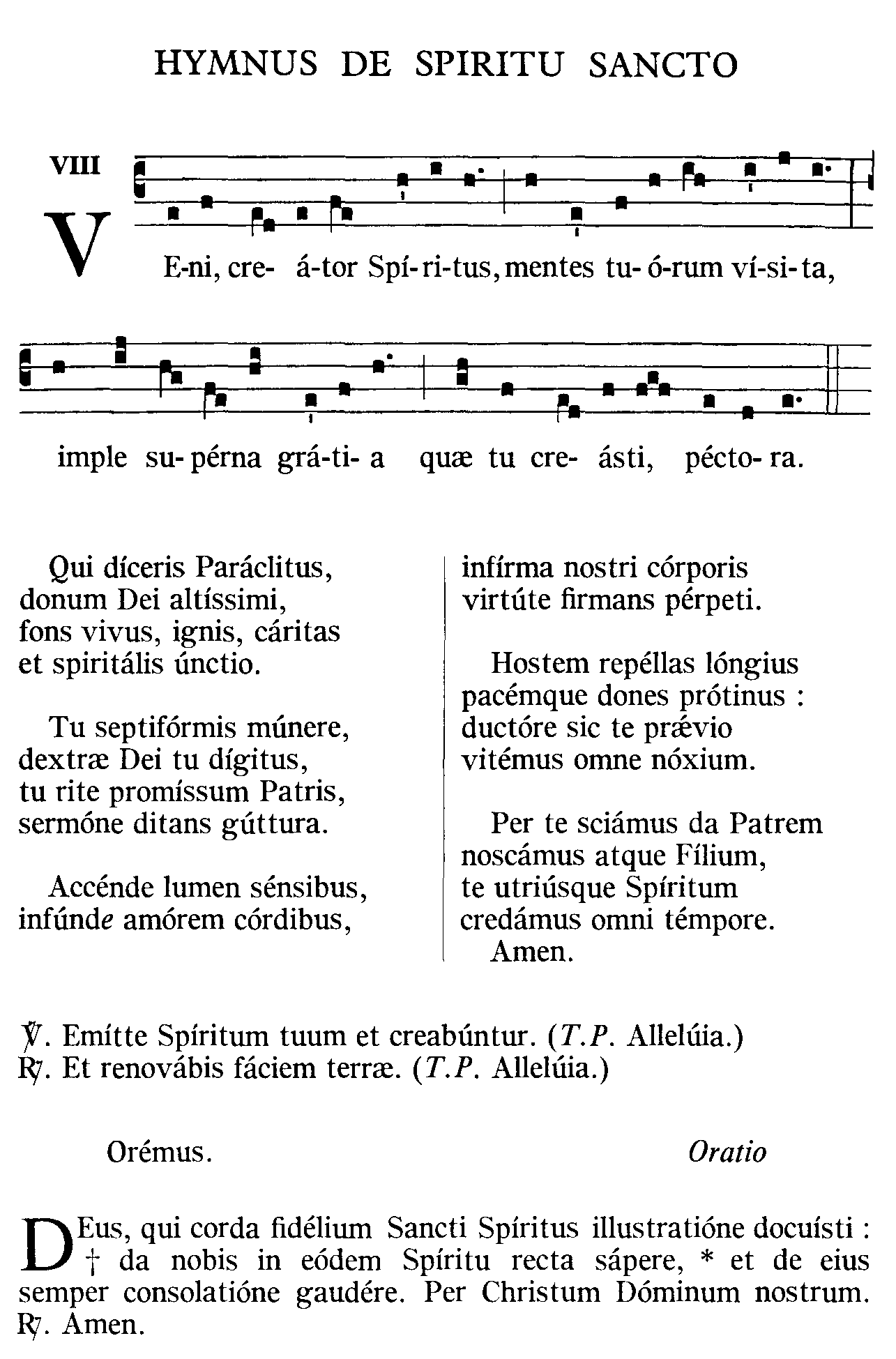From the Gregorian Chant at Emmanuel Hermitage – Resources for singing the Liturgy of the Hours with the Latin Texts website:
The Divine Office in this Web follows the current official Liturgy of the Hours in Latin language: Liturgia Horarum – Iuxta Ritum Romanum, Editio Typica Altera -1985– It is presented in a PDF booklet for every liturgical date.
The booklets for Sundays and Solemnities of the whole liturgical year contain: I Vespers, Lauds, and II Vespers.
The text of every single antiphon is written before the chant antiphon. Some times when the exact Gregorian antiphon was not found, an alternate one with a similar or related content is used.
The proper antiphons for the Gospel Canticles, are considered in its 3 Cycles A, B, and C, – as per the 1985 edition of the Latin Liturgia Horarum – in sequence, with the canticle in the respective chant tone.
Since this is a work in progress, not all the chant antiphons are included yet. I’m updating the contents as I have them available.
I’ll be uploading and/or updating the booklets I’ve been creating over the last couple years for personal use in separate “Pages”.
The size of the pages allows for good reading on a small tablet or device.



